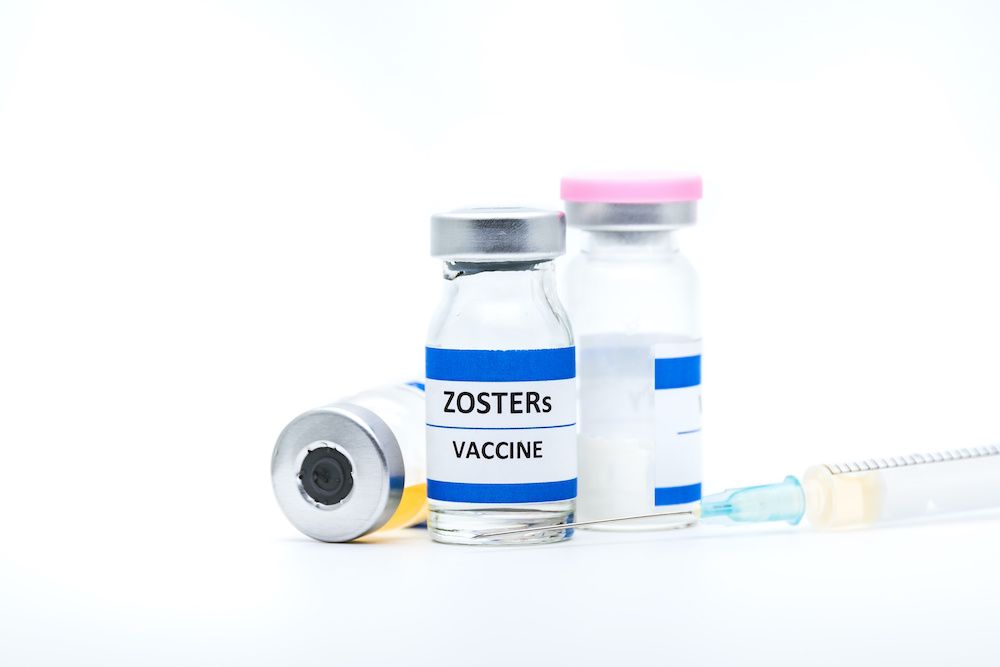US Shingles Vaccination Rate Jumps, But There Is Still Room for Improvement
New data show that the percentage of adults over the age of 60 years old who received the shingles vaccine has jumped from 6.7% in 2008 to 34.5% in 2018.

The number of adults getting the shingles vaccine is on the rise, but there is still significant room for improvement, according to recent data from the CDC.1
A brief from the National Center for Health Statistics showed that the percentage of adults over the age of 60 years old who received the shingles vaccine has jumped from 6.7% in 2008 to 34.5% in 2018, suggesting positive progress in recent years to improve vaccination rates.1
But although the figures have continued to rise, the majority of older adults still haven’t been vaccinated.
“I definitely think there is room for improvement,” Mitchel C. Rothholz, RPh, MBA, chief of governance and state affiliates of the American Pharmacists Association (APhA) and executive director for the APhA Foundation told Drug Topics®.
Rothholz said one of the biggest obstacles in recent years has been the accessibility of the vaccine for many pharmacies and patients.
Although Merck offered the first shingles vaccine, Zostavax, in the United States beginning in 2006, it stopped selling its product in July after the more effective vaccine Shingrix began to take hold of the market, according to Kaiser Health News.2
Shingrix, which was approved in late 2017, has been found to be 97% effective in adults ages 50 to 69, but it has also been in short supply.
“I think the rate would have probably been higher if there wasn’t a supply issue that manufacturers have just really come out of,” Rothholz said. “I don’t think we’ve seen the maximum potential with the vaccine delivery there.”
Another barrier, he said, has been payment policy. Under Medicare, the vaccine is covered under Medicare Part D but prescription drug plans “have different copays that people are having to pay to get that and some of those are high copays and become a barrier, especially as things in the economy change,” he said.
According to the data from the National Center for Health Statistics brief, there are still significant differences in immunization rates based on race, education level, and socioeconomic status.1
The data, which was taken from the National Health Interview Survey, found that non-Hispanic white adults were much more likely to get the vaccine and had a rate of 38.6% compared with non-Hispanic Black adults (18.8%) and Hispanic adults (19.5%).1
Adults were also more likely to get the vaccine if they had a high school diploma or GED compared with those adults with less education (39.9% vs 21.1%, respectively).Those adults who were considered poor based on their family income level were also less likely to receive the vaccine (20.4%) compared with those who were above the income category (38.4%). Men and women were equally likely to have gotten the vaccine (33.5% and 35.4%, respectively).1
According to Rothholz, pharmacies have been the “primary provider” administering the vaccine and their role is only expected to grow now that the vaccine has become more accessible.
“They’ve been managing the best they can with the limited resources that we have,” he said of pharmacies.
Now that more vaccines are expected to be available, Rothholz said it is important that pharmacists talk with patients about any potential reactions associated with the vaccine, particularly now that people are more in-tune with their health because of the coronavirus pandemic.
It’s important they know which symptoms could be attributed to the vaccine and which symptoms might suggest a more serious health concern, he said.
“This is one of the tools in our immunization tool kit to protect the public and even in this time of COVID people need to be protected,” he said.
References
1. CDC. National Center for Health Statistics. Shingles Vaccination Among Adults Aged 60 and Over: United States, 2018. July 2020. https://www.cdc.gov/nchs/products/databriefs/db370.htm.
2. Galewitz P. Shingles Vaccination Rate Soars But Leaves Many Behind. Kaiser Health News. Published July 9, 2020. Accessed August 31, 2020. https://khn.org/news/shingles-vaccination-rate-soars-but-leaves-many-behind/.